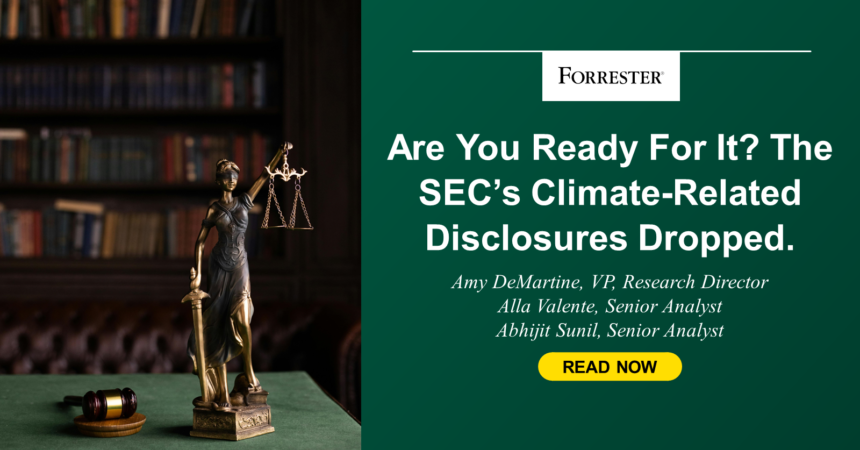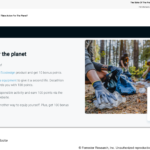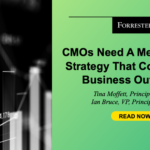The long-awaited SEC Climate-Related Disclosures ruling is finally here. The big theme of the rule is to enable investors to compare the environmental impact of publicly traded companies with not only what is reported but reporting frequency. It applies to publicly traded companies with business in the US. The SEC estimates that this applies to 2,800 US companies and about 540 foreign companies.
The rule builds on the SEC 2010 guidance which requires disclosure of climate-related risks and their impacts. With the proliferation of frameworks, this rule creates a baseline of minimum environmental sustainability reporting. However, other regulations such as EU’s CSRD and even California’s Climate Corporate Data Accountability Act (SB 253) and the Climate-Related Financial Risk Act (SB 261) go farther in some areas making this yet another regulation rather than a single one that supersede the others. However, the differences are worth noting. Some highlights of this new rule are that:
- Large companies must comply in 2026, mid-sized must comply in 2028. These publicly traded companies likely already report in some fashion.
- Reporting on Scope 1 and 2 are in, but with modification: Scope 1 and 2 are required if deemed material – previously, currently, or likely to be in the future.
- Reporting on Scope 3 is out. However, many companies will still have to report it to comply with regulations such as California’s SB 253.
- Companies must disclose environmental sustainability goals, and how their Boards of Directors govern them.
- Companies must disclose activities to mitigate or adapt to a material climate-related risk. This call for adaptation comes on the heels of 2023 which had the largest number of costly US weather-related disasters and extremes.
- Companies must account for cost and losses from severe weather events in their audited financial statements.
Compliance Will Require A Unified Effort Across The Company
Complying with this new rule is not just about the data your company will need to collect but the analysis of the data as well as goals and governance of climate related activities. It will take a team effort to get it right.
Execs and sustainability leader actions include:
- If you haven’t set sustainability goals, set them. According to the Net Zero Tracker, the number of net zero targets set by the Fortune Global 2000 rose by more than 40% between June 2022 to October 2023. However, in the spirit of comparability, now investors will be able to compare these goals more easily against others in your industry. This transparency will demand that your goals be aggressive but realistic. While previously publicizing these goals could be done on your timeframe, were low stakes, and garnered goodwill from partners and customers, this rule changes the game.
- If you don’t have governance over how you are going to achieve your goals, create it. The new rule requires you to disclose how your board of directors is providing oversight of the risks themselves and their role in governance of how you will achieve your goals. In this case, disclosure equals accountability. This means that not only will you need the oversight to track your activities and GHG emissions, but you’ll also need the other three: people, process, and technology.
- If you don’t have a sustainability management tool, get one. Too many organizations stumble with even collecting the data needed to report Scope 1 and 2 due to reliance of spreadsheets and inadequate data collection, cleansing, and governance. The best way to overcome this challenge is to invest in sustainability management software. Several of these tools incorporate climate risk assessments and materiality assessment capabilities. Expect these tools to have templates for SEC reporting quickly and ask about it if evaluating different tools.
Risk pro actions include:
- If you aren’t evaluating climate risk and whether it is “material,” do it. Start with your areas of concentration risk. Climate risk analytics tools then can help you understand the impact of climate on customers, assets, and employees.
- If you’re not tallying up the impact from extreme climate events, do the math. The rule requires organizations to disclose the effect of severe weather events and “natural conditions” on their financial statements including resulting costs and losses. Winter storms that trigger power outages, wildfires that destroy products and property, extreme heat that impacts your workforce – all that now goes into your P&L.
- If you aren’t already watching other evolving regulations, start. Adding to the previously mentioned EU CSRD and California’s SB 253 and SB 261, Forrester expects these types of environmental sustainability regulations to continue to proliferate in other states and worldwide. Sustained compliance will take concerted effort in knowing the nuances between the regulations and creating your own high-water mark.
- If your sustainability lead isn’t an FTE, allocate resources. At many organizations “sustainability lead” is more of a side hustle than a full-time responsibility. With the scope of the rule, and the effort required to comply, make sure your sustainability program is funded and resourced. Assigning ownership and accountability will help make compliance a little less painful.
B2C and B2B marketer actions include:
- If you weren’t publicizing your goals regularly before, do it now and do it right. Now is the time to get ahead of what will be ultimately disclosed when your company complies with this rule. Don’t wait. Take control of the storytelling and update or create your qualitative statements and root them in actions your company is taking. Don’t overstep these actions or overpromise and use words carefully to avoid greenwashing.
Tech leaders and pro actions include:
- If you haven’t addressed decarbonization in enterprise architecture, get it done. For industries such as financial services, most of the Scope 1 and 2 emissions are from data centers. Start by determining the right KPIs to measure, how to optimize on these KPIs, and report them. Data center green energy procurement and energy efficiency may be low hanging fruit for decarbonization efforts.
- If you haven’t investigated how technology can boost your efforts, explore. Now is the time to explore IoT, smart building solutions, automated data collection mechanisms and the potential of AI in sustainability monitoring use cases and even reporting. Adopting these technologies may positively impact your decarbonization pathways.
Set up an inquiry or guidance session with our analysts that cover the Green Market Revolution to learn more. And for Forrester’s latest insights on how the green market revolution impacts your business, visit Forrester’s dedicated green market revolution page.








